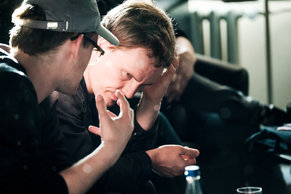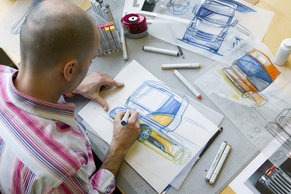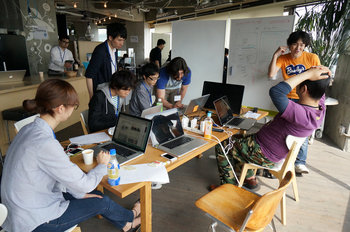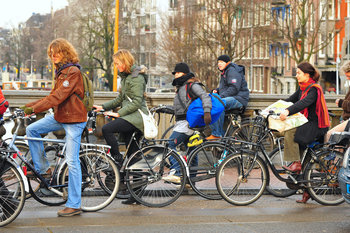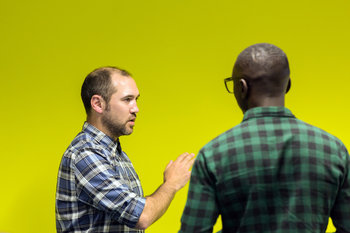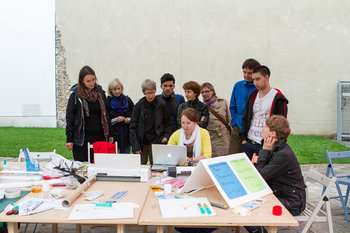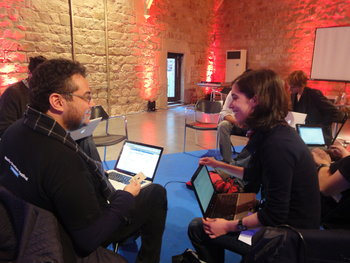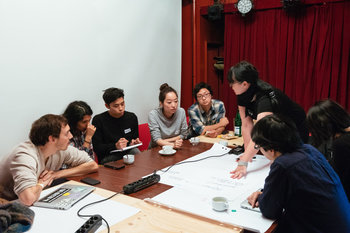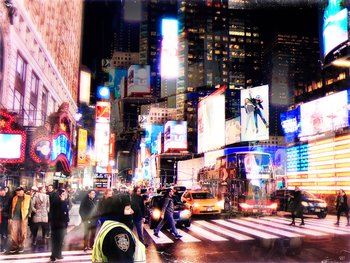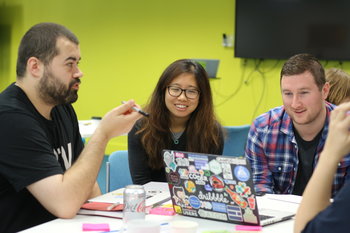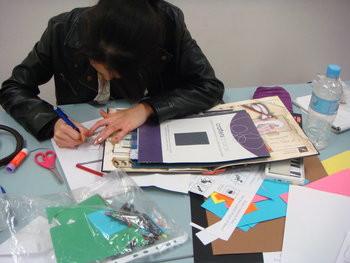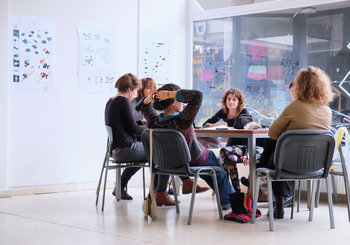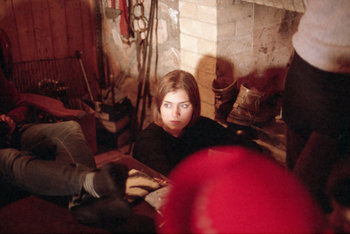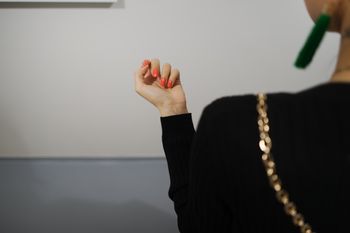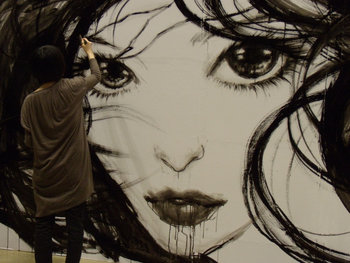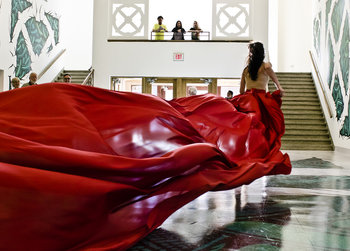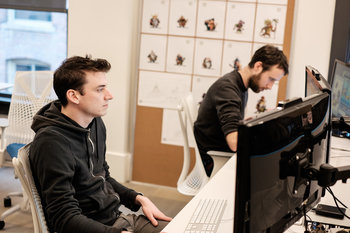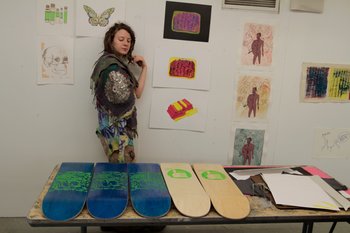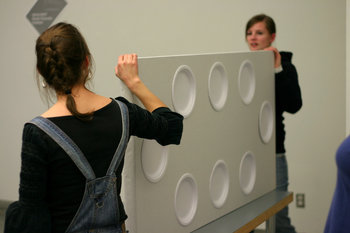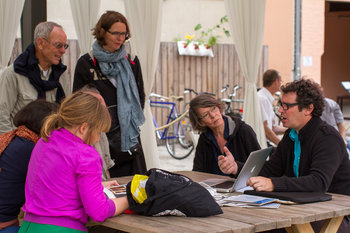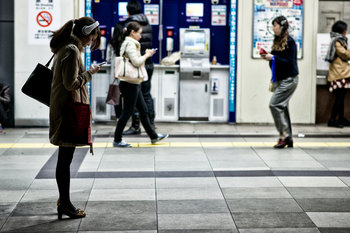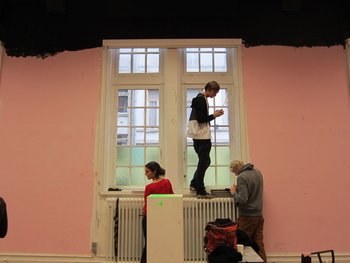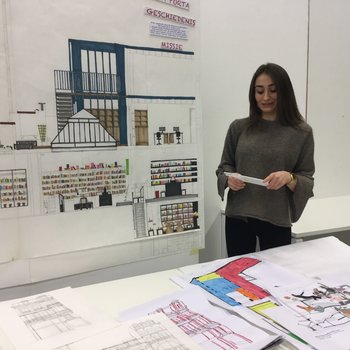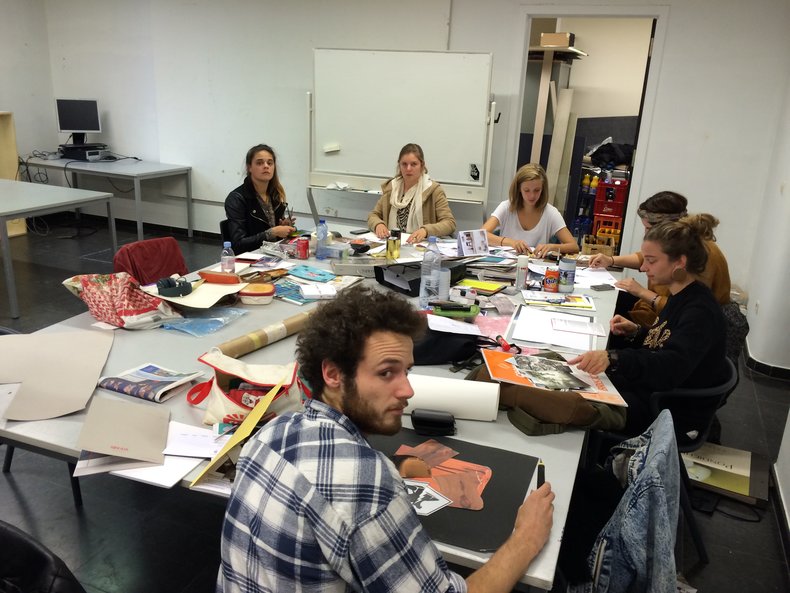
Audience Analysis
Defining your audience and their characteristics.
Market Research
A broad term for research of customers and competitors.
Client Interviews
Interviewing the client to discover expectations and recommendations.
Customer Interviews
Interviewing the customer to discover their needs and the way that they use things.
Throwaway Prototypes
Quick, inexpensive and safe prototypes.
Proof of Concept
A test that some element of the design will work.
Design Concept
Developing an artifact that communicates your ideas for a design.
Concept Testing
Testing design concepts with customers/users/clients.
Competitor Analysis
Evaluation of competing designs.
Lead Users
Gaining the input of influential or advanced users.
Experience Sampling
Using customer/user journals to find out how the design will be used.
Needs Analysis
Identifying requirements for a design in terms of customer/user needs.
Context of Use
Identifying how things are actually used in the real world.
Critical Design
Experimental designs that provoke thought and challenge the status quo.
Edge Cases
Uses of a design that are rare but can occur and need to be handled.
Use Cases
Documenting uses of a design.
Evolutionary Prototypes
Prototypes that reflect your vision for the state of the art that are refined over time. Often expensive.
Problem Analysis
Investigating problems the design will solve.
Brainstorming
Listing ideas without a filter.
Reverse Brainstorming
Listing ways a design could fail.
Exploratory Research
Researching existing knowledge and things that you will need for a design such as a brand style guide.
Design Analysis
The end-to-end process of researching a design, planning a design and gaining feedback from stakeholders (e.g. clients).
Constraints
Imposing constraints on the design.
Assumptions
Documenting any assumptions upon which the design will be based.
Experimentation
Trying things in a systematic way in order to collect data.
Simulation
Mockups and other simulations of designs and design concepts.
Speculative Design
Developing big design ideas without regard to constraints such as client requirements.
| Overview: Design Research | ||
Type | ||
Definition | The creative and systematic investigation of problem spaces, customers, markets and possibilities in preparation for delivering a design. | |
Related Concepts | ||




